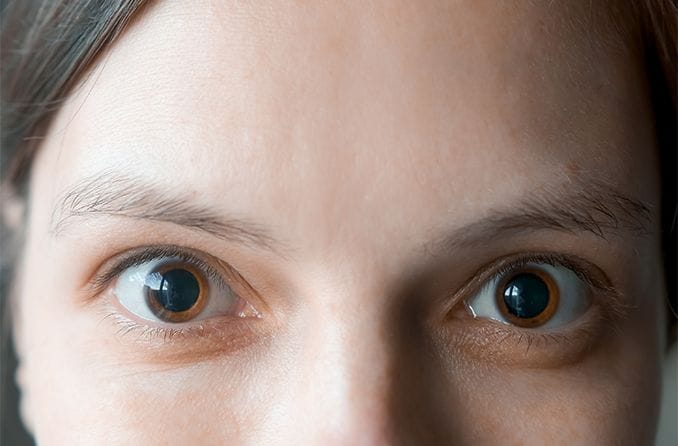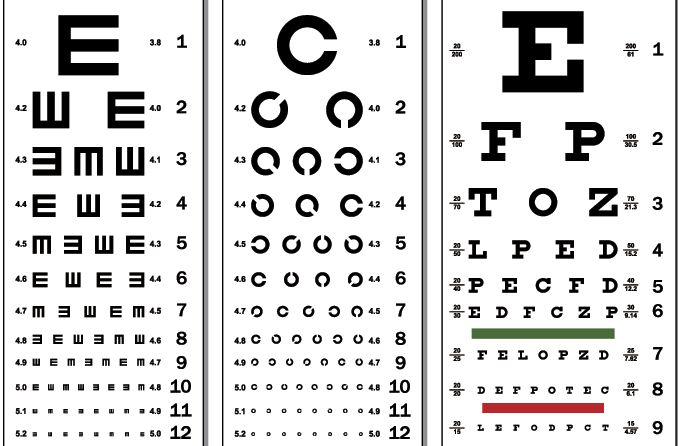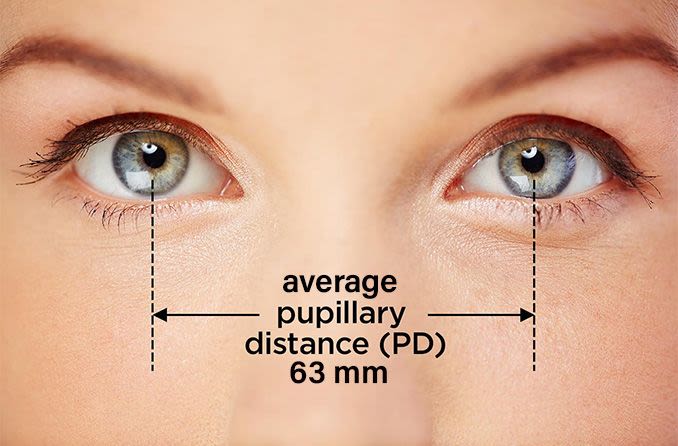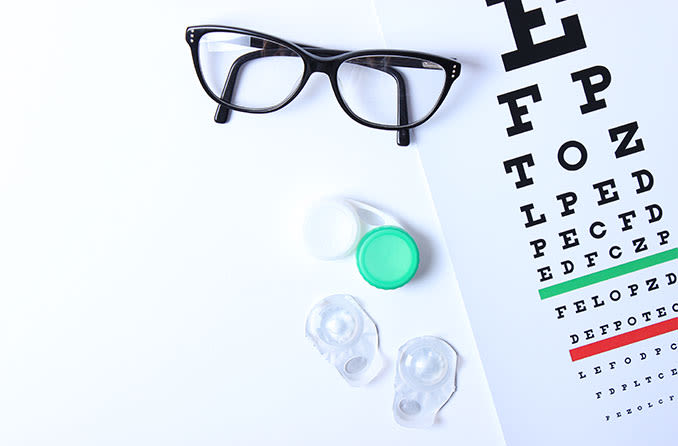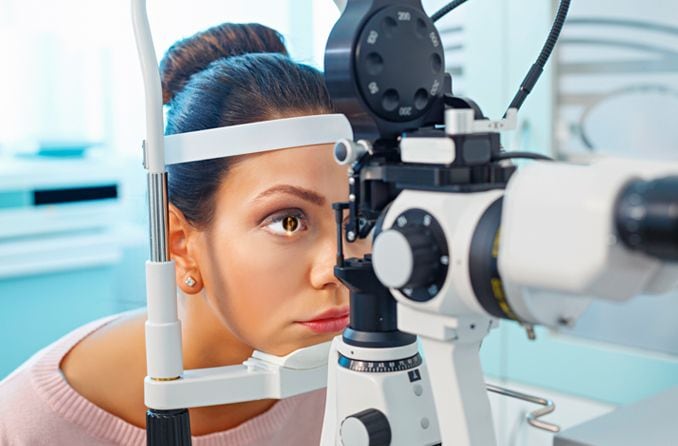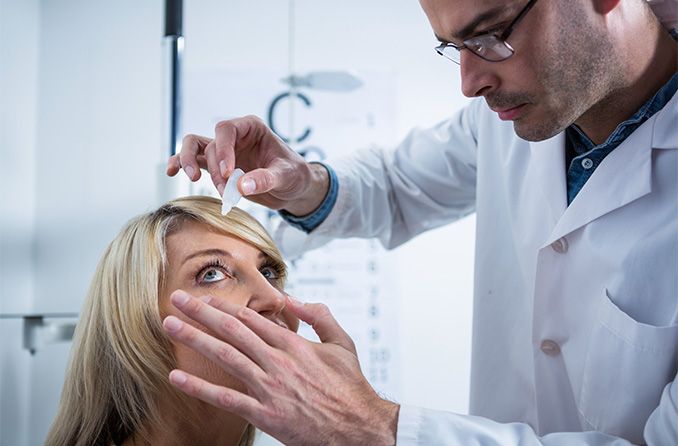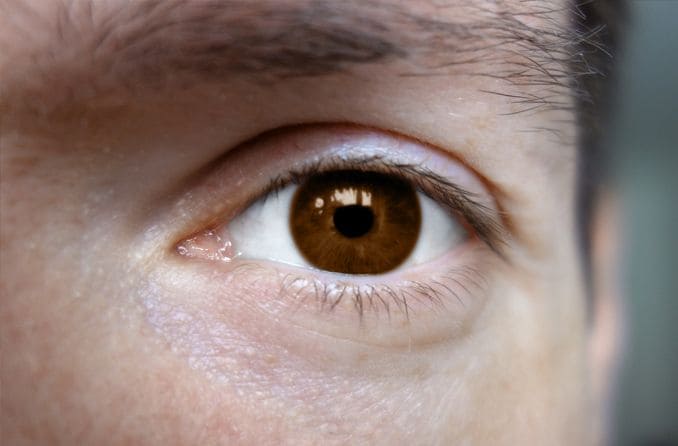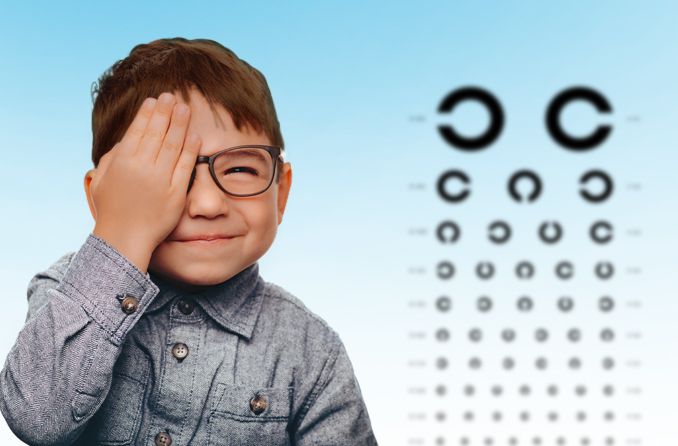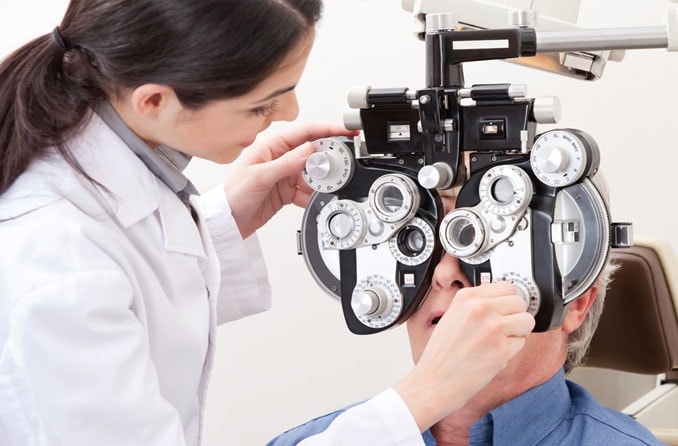What is eye dilation?
Eye dilation widens the pupils, which are the black circles in the center of the iris of your eye. During eye dilation, the procedure allows an eye doctor to better examine the back of your eye to diagnose common eye and other medical conditions or diseases.
A dilated eye exam is an important part of managing your eye health, since it can reveal eye and other medical conditions that may not otherwise cause obvious symptoms.
What are dilated pupils?
During eye dilation, an eye doctor puts dilating eye drops into both of your eyes. These special drops cause the pupils to widen, or dilate, fully. This allows more light into the eye, similar to the way you might open a window blind to let more light into a dark room.
Why is a dilated eye exam necessary?
Once your pupils are fully dilated, your doctor has a better view of the retina, which is the sensory membrane at the back of your eyeball. The retina consists of several layers, including a layer that has photoreceptor cells. These cells convert light into electrical signals, which the brain processes as visual images.
Eye dilation also gives the eye doctor a better look at the optic nerve, which is connected to the retina and transmits impulses to the brain to be interpreted as visual images.
During a dilated eye exam, your eye doctor can detect:
- Macular degeneration
- High blood pressure
- Diabetes
- Glaucoma
- Retinal detachment
- Cataracts
How long does eye dilation last?
It generally takes about 20 to 30 minutes for your pupils to fully open. Your near vision will be blurry during eye dilation, so you won’t be able to read a magazine, text messages or emails while waiting for your eyes to become fully dilated.
After the eye dilation exam, your near vision may continue to be blurry, and your eyes may still be sensitive to light for a few to several hours.
Is eye dilation painful?
Eye dilation is generally painless. However, your eyes may sting temporarily from the dilating eye drops.
If you feel pain once you go home after your eye dilation exam, let your eye doctor know. The doctor can determine whether the post-dilation pain could be a result of narrow-angle glaucoma or another medical condition.
How often do I need eye dilation?
How often you’ll need eye dilation depends on a few factors. Your age, overall health, eye health and risk of eye diseases all determine when you should have a dilated eye exam.
The National Eye Institute recommends getting an eye dilation exam every one or two years if you are:
- Over age 60
- An African American over age 40
- From a family with a history of glaucoma
People with diabetes or high blood pressure may need a dilated eye exam at least once a year. Ask your eye doctor how often you need eye dilation. Your doctor can advise you on how often you’ll need to have your eyes dilated.
How long after eye dilation can I drive?
Because your vision may be blurry and your eyes more sensitive to light for several hours, you may find it difficult to drive after eye dilation. Instead, ask a friend or family member to accompany you to the appointment and drive you home.
How can I protect my eyes after eye dilation?
After eye dilation, it’s best to stay out of the sun until your eyes return to normal, since your eyes will be more sensitive to light. Your pupils normally react to sunlight by getting smaller to reduce the risk of UV damage to the eye. However, for up to several hours after a dilated eye exam, your pupils can’t perform this important self-protective function.
When your pupils aren’t able to constrict, you can be temporarily blinded by bright sunlight. Wear a pair of high-quality sunglasses to protect your eyes after eye dilation before heading outside. If you don’t have sunglasses with you, your eye doctor may have disposable sunglasses you can wear home after eye dilation.
Can I use my phone or computer after eye dilation?
You can talk on your phone after eye dilation, but staring at any digital screens may cause discomfort until your pupils return to normal. Phones, tablets, computers and other electronic devices emit blue light that can contribute to glare.
Your vision may also be blurry after eye dilation, putting further strain on your eyes that could cause headaches and fatigue.
Working on your phone or computer will likely be more difficult after eye dilation, as your eyes are more sensitive to light and less able to focus. If you must look at a digital screen, consider wearing blue light-filtering glasses to increase comfort.
SEE ALSO: What not to do after eye dilation
Can I make eye dilation go away faster?
Full recovery time from eye dilation varies, but your eyes should return to normal in anywhere from an hour to several hours after dilation.
In the past, there were eye drops to help your pupils return to normal more quickly, but the drops weren’t typically recommended by eye doctors. These drops are no longer on the market. However, while your eyes recover from eye dilation, you can take steps to reduce discomfort while weathering the inconvenience of blurry vision and sensitivity to light.
If you wear contacts, wear glasses instead until your pupils return to normal size. Avoid television, computer and phone screen time if you find it uncomfortable. To increase your comfort while working on electronic devices, dim the brightness and wear blue-light filtering glasses.
Do I need an eye dilation exam?
You should have a comprehensive eye exam once a year to check your vision, along with eye and overall health. During the exam, your eye doctor may or may not dilate your pupils.
Your need for eye dilation will depend on one or more of several factors, including your risk of eye disease and overall health. Your eye doctor can tell you if you need a baseline eye dilation exam and how often you should get your eyes dilated.

